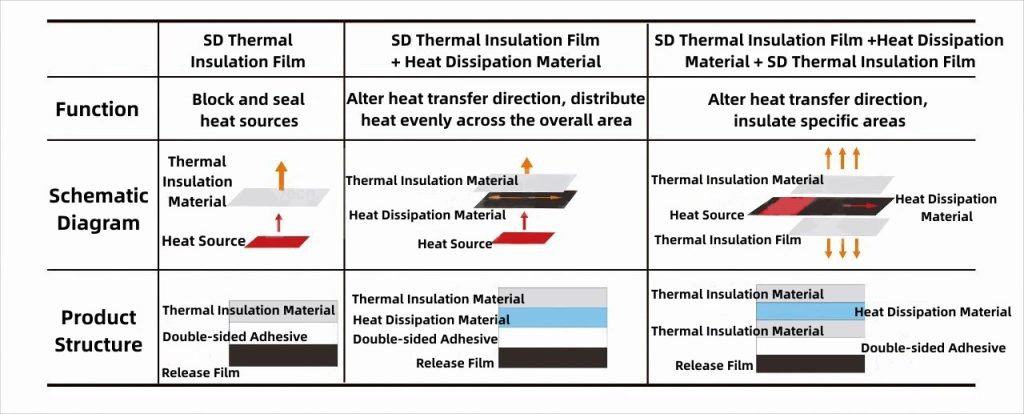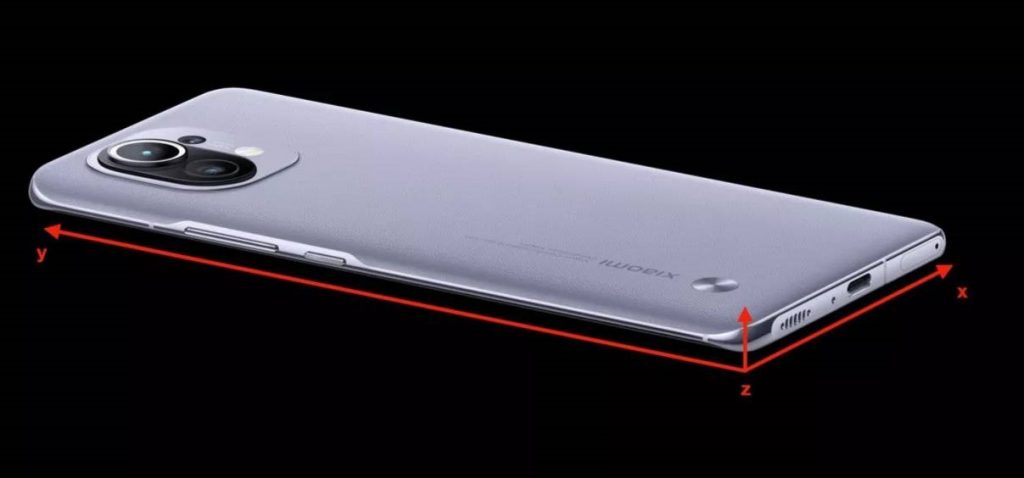Aerogel- a Unique Thermal Management Solution for Electronic Products
With the continuous advancement of technology, the pace of iteration for consumer electronic products has accelerated. While electronic products are becoming more intelligent, they are also gradually moving towards being lighter, thinner, more multifunctional, and higher performance. As a result, many power-consuming components generate more heat within the increasingly compact device space. Therefore, advanced thermal design is needed to allow electronic devices to dissipate heat more effectively. The use of new nano-aerogel insulating materials enables electronic devices to have a more controllable heat dissipation solution.

What is aerogel?

SiO2 Aerogel is a high-dispersion solid three-dimensional nanomaterial, characterized by its low density, high specific surface area, high porosity, and low thermal conductivity. Compared to other insulating materials, the nanopores of aerogel are significantly smaller than the average free path of air molecules, limiting gas-phase heat transfer. The complex nano-porous structure reduces the heat transfer path, thereby reducing solid-state heat transfer.
What is Aerogel Insulation Film?
Aerogel insulation film is a flexible insulating material with an extremely low thermal conductivity, prepared through a unique process using SiO2 aerogel powder. This material has an ultra-low thermal conductivity and possesses excellent environmental friendliness and ease of cutting, effectively addressing heat management issues in small spaces for consumer products, as well as providing insulation protection for heat-sensitive components. This enhances product performance and lifespan, effectively reducing the risk of low-temperature burns for electronic product users.

Product Features:

- Thin film thickness, excellent insulation performance, heat stability, low heat storage, flexibility, and no powder shedding.
- The material comes in rolls and can be processed with various cutting methods such as circular knives and flat knives.
- Can be combined with heat dissipation materials such as PET, PI film, graphite sheets, and copper foil.
Application Concept:

By utilizing this new thermal management approach involving thermal blocking and thermal direction control, it brings forth the following possibilities for the R&D team: enhancing overall device performance and slimness, increasing design flexibility, and promoting device energy efficiency.
Application Fields:
Suitable for compact electronic devices such as smartphones, tablets, laptops, AR/VR equipment, wearable devices, as well as flexible electronics, effectively optimizing the user experience through efficient thermal management.

Application Examples:


Xiaomi 11 smartphone adopts ultra-thin nanometer aerogel insulation material, isolating the heat conduction pathway along the Z-axis, interrupting the transmission path between internal heat sources and the surface of the phone. The isolated portion of heat is conducted through Xiaomi 11’s top-tier three-dimensional cooling system along the X and Y axes. This not only addresses the issue of localized heating to ensure the normal operation of the chip, but also prevents premature detection of localized hotspots by the palm.

In fact, as early as 2018, the Dell XPS-13 laptop series utilized aerogel insulation film as a thermal insulation material for the battery. Through the design of electronic thermal system structure management, it achieved the effect of even temperature reduction, enhancing the performance and lifespan of electronic products, and improving the user experience.

